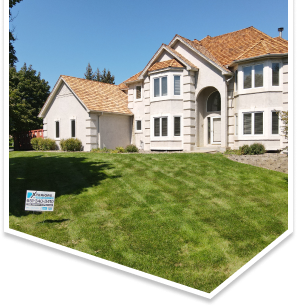Installing a new roof stands as one of the most significant investments you can undertake to enhance your home and bolster its worth. It’s essential to carefully consider the many advantages and disadvantages before opting to replace an outdated or damaged roof.
A new roof not only enhances the appearance of your home but also extends its lifespan and improves its safety and durability, potentially saving you money down the line. By investing in a new roof, you ensure increased protection against potential hazards, elevate the external aesthetics of your property, and boost its market value should you ever choose to sell.
In this blog post, we will delve into why installing a new roof is a smart financial choice and explore how it can elevate the value of your property.
How Much Value Does A New Roof Add To Your Home?
The materials chosen and the state of the local real estate market are two aspects that influence how much a new roof will increase the value of your home. A new roof is frequently predicted to increase the value of the structure by at least 70%. So, your home may increase in value by thousands of dollars depending on how much you spend on a new roof.
A new roof can entice potential buyers in addition to raising value, which expedites sales. Further, it can reduce future repair costs and energy bills. Comparing new roofs to other home improvements like converting garages, kitchens, or basements, you may find that a new roof offers a better return on investment (ROI) of up to 107%.
On the other hand, the average ROI for kitchen or bathroom renovations is 52% and 57%, respectively. When weighed against other common home improvements, choosing a new roof can be a good financial decision because it often results in a larger return.
Factors That Impact Home Value
| FACTOR | EXAMPLE OUTCOMES |
| Roof Material | Metal roofs generally provide greater increases in home value compared to asphalt shingles. |
| Age | Older roofs may show signs of wear and tear, requiring replacement. |
| Condition | Well-maintained roofs can provide a higher return on investment. |
| Energy Efficiency | Homes with energy-efficient roofing materials may have higher resale value due to reduced utility costs. |
| Warranty | Roofs with longer warranties may offer peace of mind to buyers and increase home value. |
| Maintenance Requirements | Low-maintenance roofs may be perceived as more desirable, potentially boosting home value. |
Does The Type Of Roofing Material Affect The Increase In Home Value?
To know how much value a new roof adds, it is important to know that different types of roofs can affect how much your home is worth. Let’s take a closer look at how different roofing materials can impact your home’s value:
1. Asphalt Shingles:
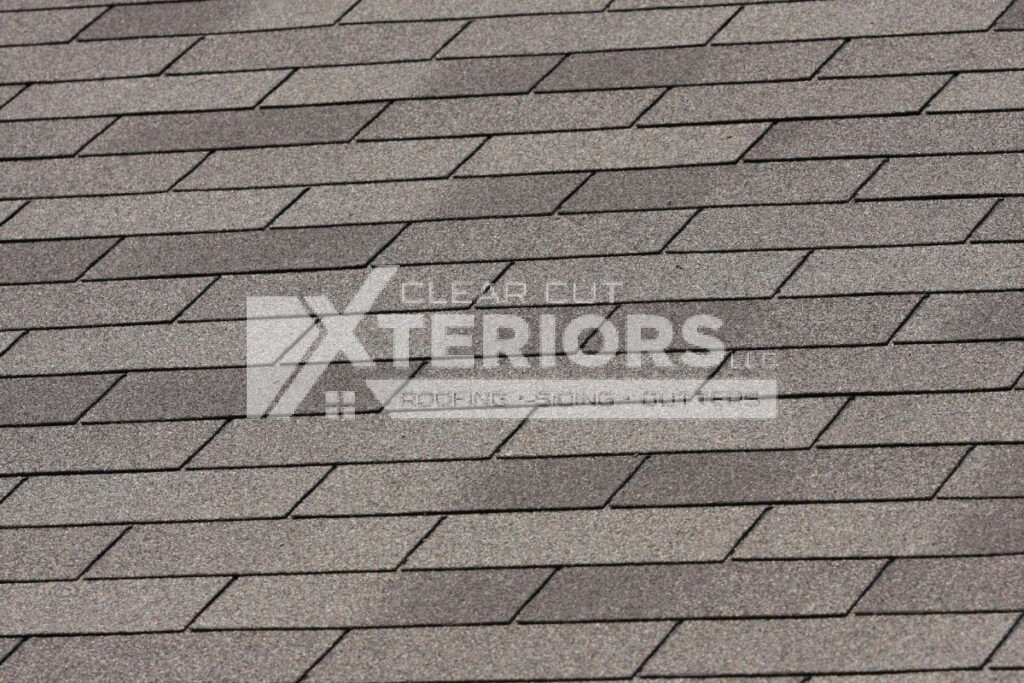
These are a popular and relatively affordable option. Investing in asphalt shingles can increase your home’s value by approximately 68% of the cost. They’re often perceived as a safer choice compared to materials like metal panels.
2. Metal Roofing Panels:
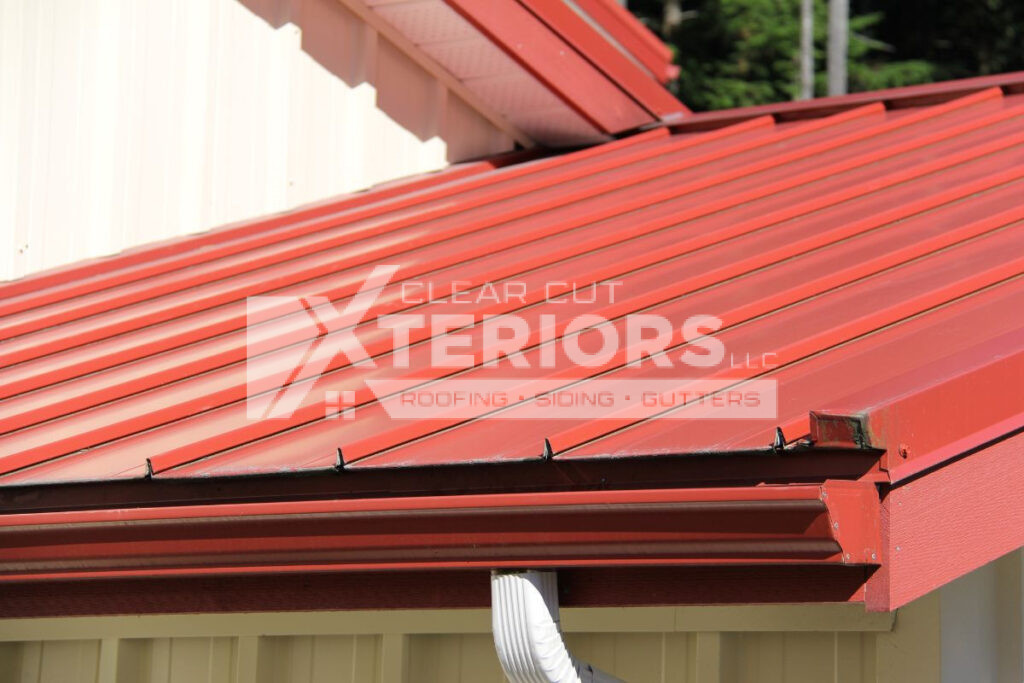
While metal roofs are durable, they tend to be pricier than asphalt shingles. On average, they may not add as much value to your home upon resale compared to asphalt shingles.
3. Wood Shake/Shingle Roofing:
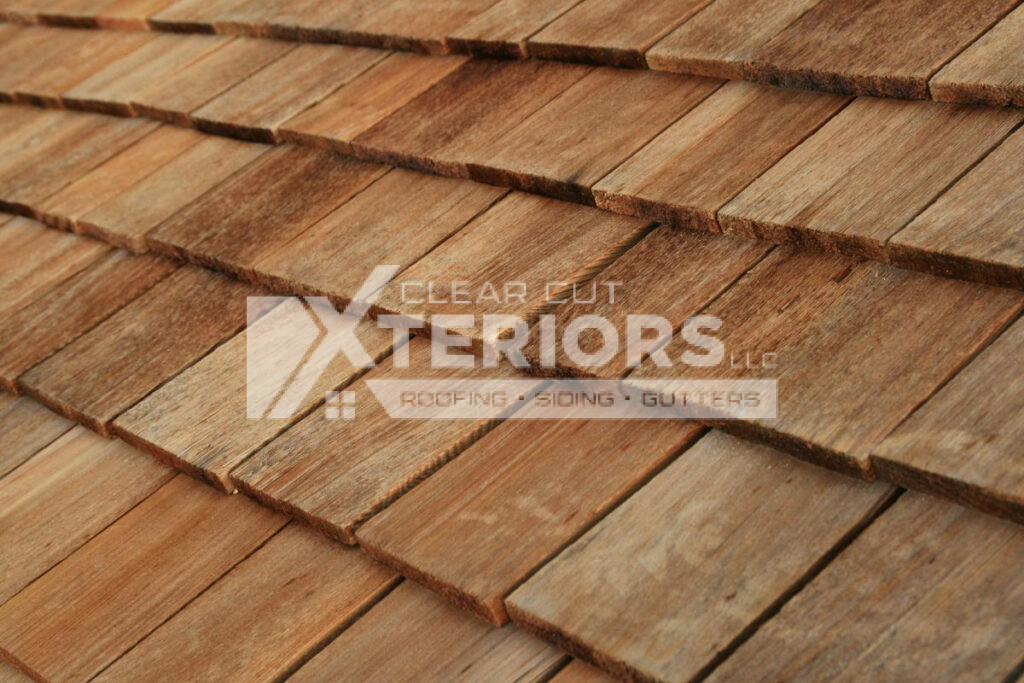
Providing a natural, rustic aesthetic, wood shake or shingle roofing often requires more maintenance and offers less fire resistance. Whether they enhance your home’s value depends on regional and buyer preferences.
4. Tile Roofs:
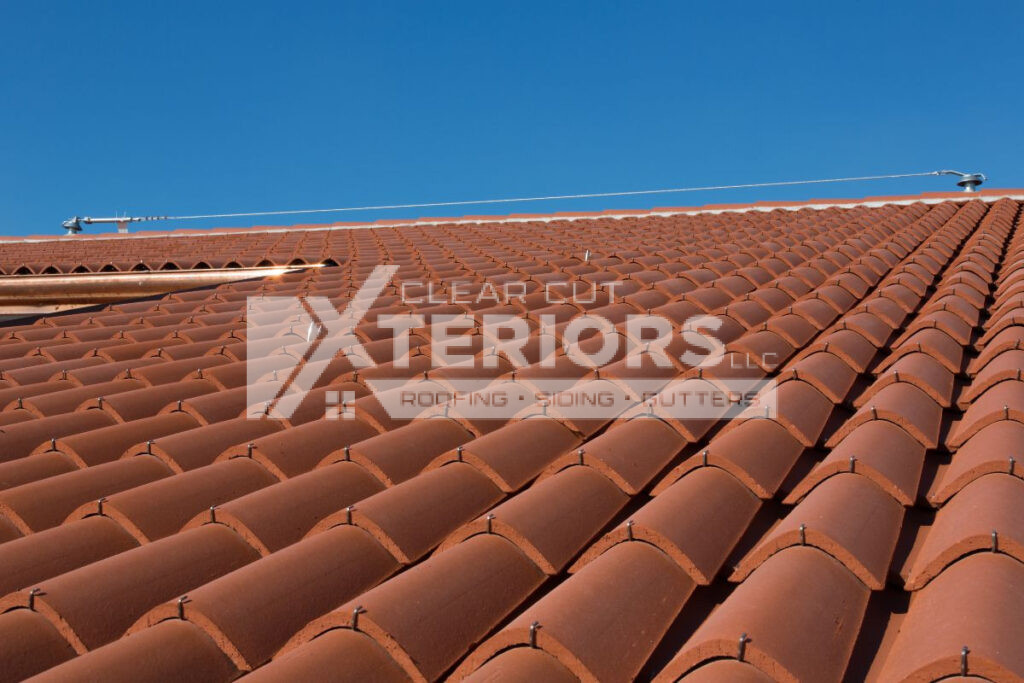
Materials such as clay or concrete tiles add durability and aesthetic appeal. They can enhance your home’s exterior and potentially increase its value, particularly if they align with the prevalent architectural style in your area.
The Residential Energy Efficient Property Credit
The Residential Energy Efficient Property Credit is a federal initiative encouraging energy-efficient roofing materials to be adopted by homeowners. This program aims to alleviate installation costs while providing additional advantages.
> Promoting Energy Efficiency:
Its primary objective is to motivate homeowners to select energy-efficient roofing options, reducing energy consumption and utility bills through eco-friendly choices.
> How it Works:
This tax credit is non-refundable, amounting to 10% of the total cost for qualified materials and installation, with a maximum cap of $500.
> Eligibility:
Requirements include using Energy Star-rated materials, installing them on the primary residence, and ensuring installations occurred after 2018.
> Additional Benefits:
Investing in energy-efficient roofing not only reduces utility bills but can also increase property value and contribute to environmental sustainability.
Return On Investment
ROI is an important metric for evaluating the profitability of an investment by comparing its gains to its initial cost. In the context of a new roof installation, ROI helps homeowners determine if the expense will yield satisfactory benefits over time.
Key factors influencing the ROI of a new roof include:
- Material Quality: High-grade materials last longer, improving ROI.
- Lifespan: Longer-lasting roofs reduce replacement costs.
- Energy Efficiency: Energy-saving roofs cut expenses.
- Curb Appeal: Aesthetically appealing roofs increase property value, raising ROI at resale.
- Repair Savings: New roofs reduce maintenance costs.
While a well-maintained roof made of high-quality materials can offer an ROI of around 60-70%, personal outcomes may vary due to factors such as local conditions, housing markets, and specific circumstances.
Considerations Before Getting A New Roof
Before replacing a roof, several factors should be carefully considered to make an informed decision. Here are some things to keep in mind:
- Material and Appearance: Choose a roofing material that complements your property, considering durability, maintenance requirements, and aesthetics.
- Budget: Balance cost with quality to ensure long-term durability and performance.
- Location and Climate: Select materials that can withstand your local weather conditions.
- Contractor Selection: Hire a reputable contractor with qualifications and references to ensure quality work.
- Long-Term Plans: Invest in a durable roof if you plan to stay long-term, reducing future repairs.
- Regulations and Permits: Ensure compliance with local regulations and obtain appropriate permits for the construction.
Conclusion
To sum up, upgrading to a new roof is a smart move for homeowners looking to boost property value. To ensure you get the most out of your new roof, it’s crucial to explore your options, make informed decisions, and rely on skilled roofing professionals. For reliable and durable new roof installation in Minneapolis, trust Clear Cut Xteriors. Our experienced new construction roofers oversee every step, from framework and underlayment to final sealing, ensuring a sturdy roof built to last. To get the best new roof installation services, get in touch with us at (651) 340-3410.

